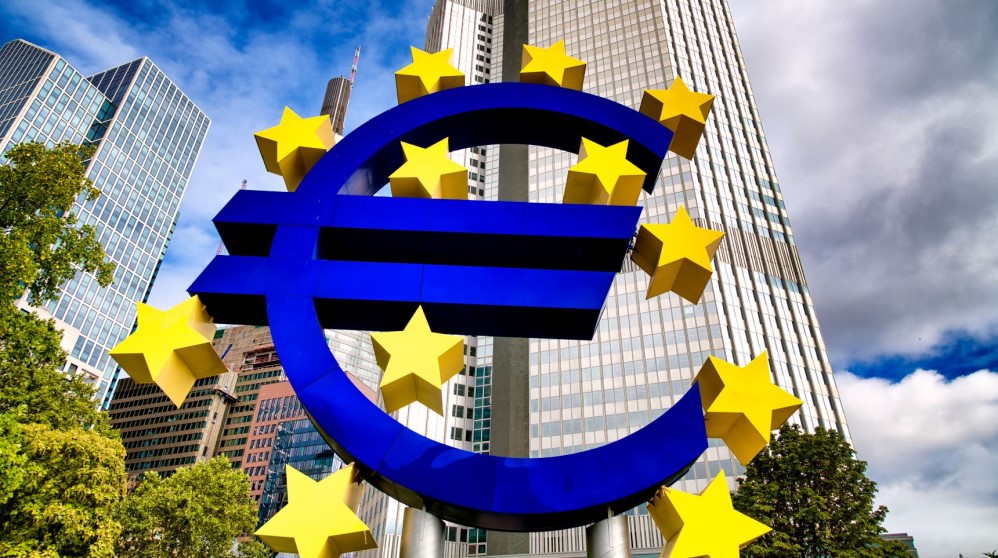
Daily Market Analysis and Forex News
ECB Decision: What you need to know

Investors and traders worldwide are keenly anticipating the European Central Bank’s policy announcements today.
Here are some major points to look out for:
- The ECB’s first rate hike since 2011
It is widely expected that the ECB will raise its benchmark interest rates today for the first time since 2011.
What matters now is the size of the hike.
Markets have come to expect at least a 25 basis point hike. However, markets are also expecting about a 50% chance that we could see a larger-than-usual 50 basis point hike today (a la “two-in-one” hike).
This is because the ECB has to play catch up with record-high inflation. Europe’s June consumer price index (used to measure headline inflation) hit 8.6% in June – that’s over four times the ECB’s inflation target of 2%.
And with about 80 other central banks around the world already raising their respective rates, its high time that the ECB follows suit.
NOTE: Interest rate hikes are a central bank’s main tool for taming elevated inflation.
- Anti-fragmentation tool
As the ECB raises rates and gradually reduces its bond buying, investors have been following suit, selling off European bonds in tandem with the central bank. That has resulted in European bond yields moving higher.
However, the fear is that “fragmentation” will occur, meaning to say that bond yields in more vulnerable economies down to the south (i.e. Italy) climb way higher relative to bond yields of relatively stronger economies (i.e. Germany).
Much-higher yields then make it that much more expensive for a government to raise debt (get money from investors). As the government uses more money to pay interest on the debt that they issue, that money would then not be available to be spent on supporting its economy.
Hence, soaring yields of highly-indebted members risks undermining the economy; a scenario that the ECB is trying to avoid.
Today, the ECB is expected to announce details of a new tool to help limit these so-called fragmentation risks.
More importantly, the ECB has to convince markets that this new tool can indeed achieve its goals.
When is it due?
Heads up, it'll be later than usual.
- The policy statement is due at 12:15PM GMT (30 minutes later than past release times)
- ECB President Christine Lagarde is set to hold a press conference, starting at 12:45PM GMT (15 minutes later than past start times)
How could all this impact the euro currency?
- If the ECB triggers only a 25-basis point hike, that could prompt EURUSD to unwind recent gains. This may be because markets think the ECB is falling further behind in the race to combat inflation.
- If the ECB triggers a larger 50bps hike, that may only provide limited support for EURUSD, given that there are other major worries when considering the Eurozone’s economic outlook (more on this further down).
- If markets are not convinced that the ECB’s anti-fragmentation tool can do the job, that could further erode sentiment surrounding the euro.
- If markets are convinced about the efficacy of this new anti-fragmentation tool, that could help shore up the euro’s performance.
Also, expect a combination of the above scenarios.
Key support and resistance levels for EURUSD
- Resistance: 21-day simple moving average (SMA) around 1.027.
- Stronger resistance set to arrive around 1.035 region, which market the May and June lows.
- Support : Parity =1.000 psychologically-important mark
READ MORE: (July 14th) Why isn't EURUSD below parity ... yet?
- Stronger support perhaps to arrive at the recent cycle low of 0.99522.

Other major concerns to keep an eye on
- Italy’s political chaos
Italian Prime Minister Mario Draghi has resigned.
The political crisis in Europe’s third largest economy is a major concern for the ECB as policymakers try to combat record-high inflation without doing too much damage to the economy.
Such heightened uncertainty has already increased market fears surrounding Europe’s third-largest economy, prompting investors to sell Italian bonds and send their yields higher today, which exacerbates the “fragmentation risks” mentioned earlier.
- Europe’s potential energy crisis.
Russia today restored its gas supplies to Germany via the Nord Stream 1 pipeline.
In the lead up to today, markets had feared that Russia could decide not to turn on the taps again after the pipeline has completed its scheduled maintenance.
As I had written in last Thursday’s article:
“Such an apocalyptic event would spark an energy crisis in Europe, and further darken its economic outlook by making a recession all but certain. That could even send EURUSD careening past 0.95!”
So, phew … for now.
Still, energy supplies are expected to face further constraints further down the line, especially as we head closer to the winter. The lack of gas supplies may force factories and business to shutter operations, which would negatively impact the economy as well.
Back to today's main event, if the ECB severely disappoints markets in just a few hours from now, we might even see in the coming sessions a new cycle low for EURUSD below parity.
In short, EURUSD is expected to remain firmly in its downtrend that its adhered to for the past year, with scant reason to expect a sustained recovery in the euro over the near-term.
Ready to trade with real money?
Open accountChoose your account
Start trading with a leading broker that gives you more.